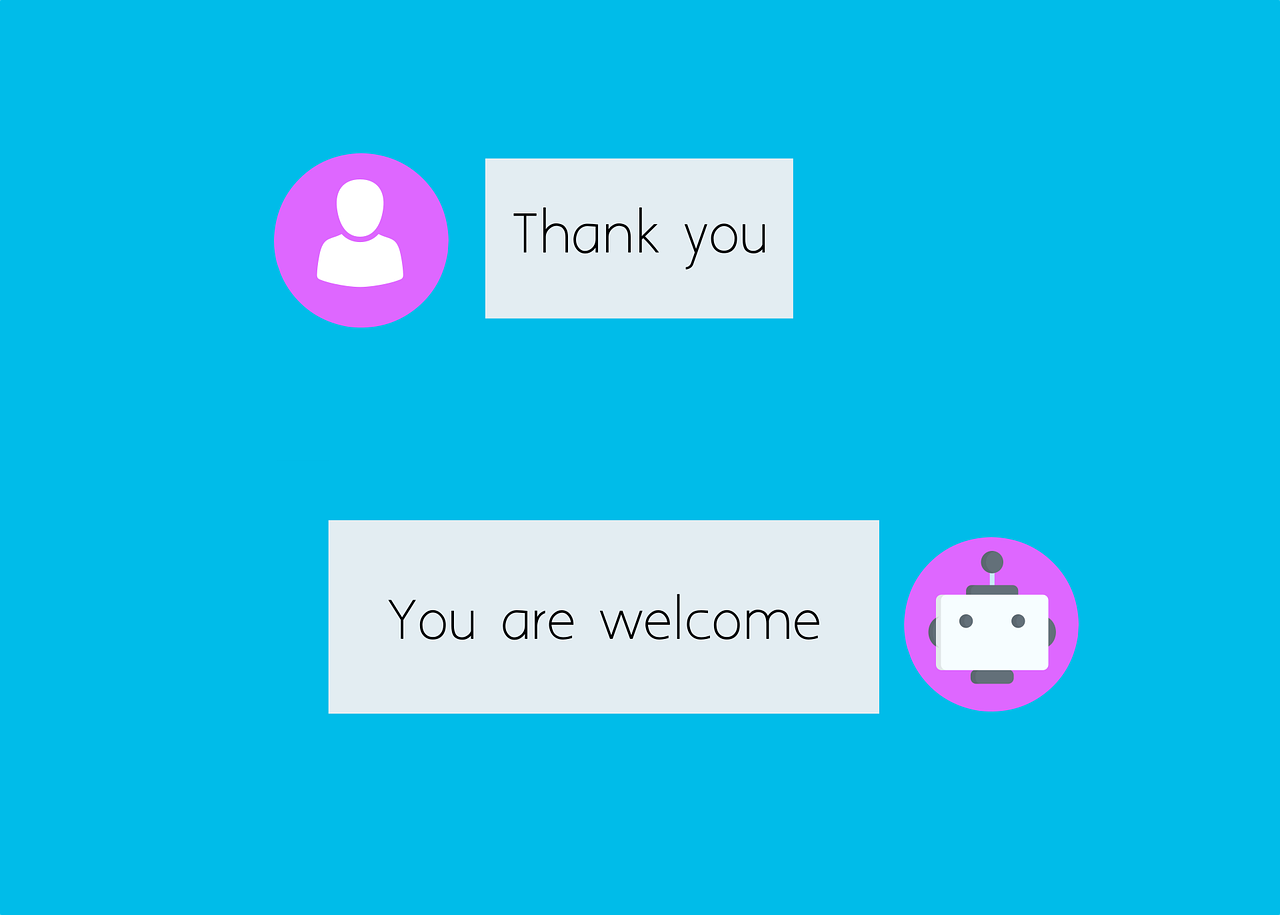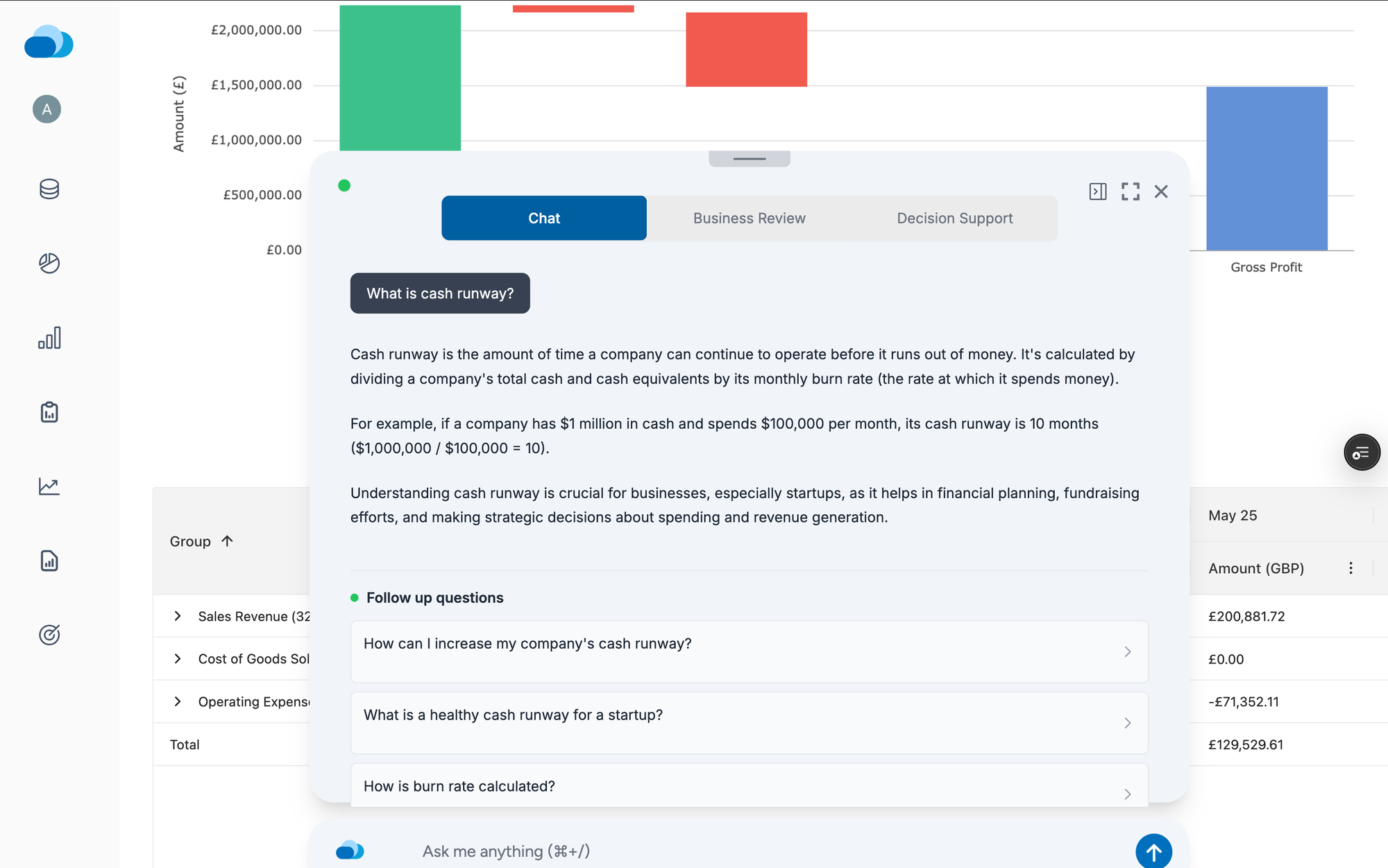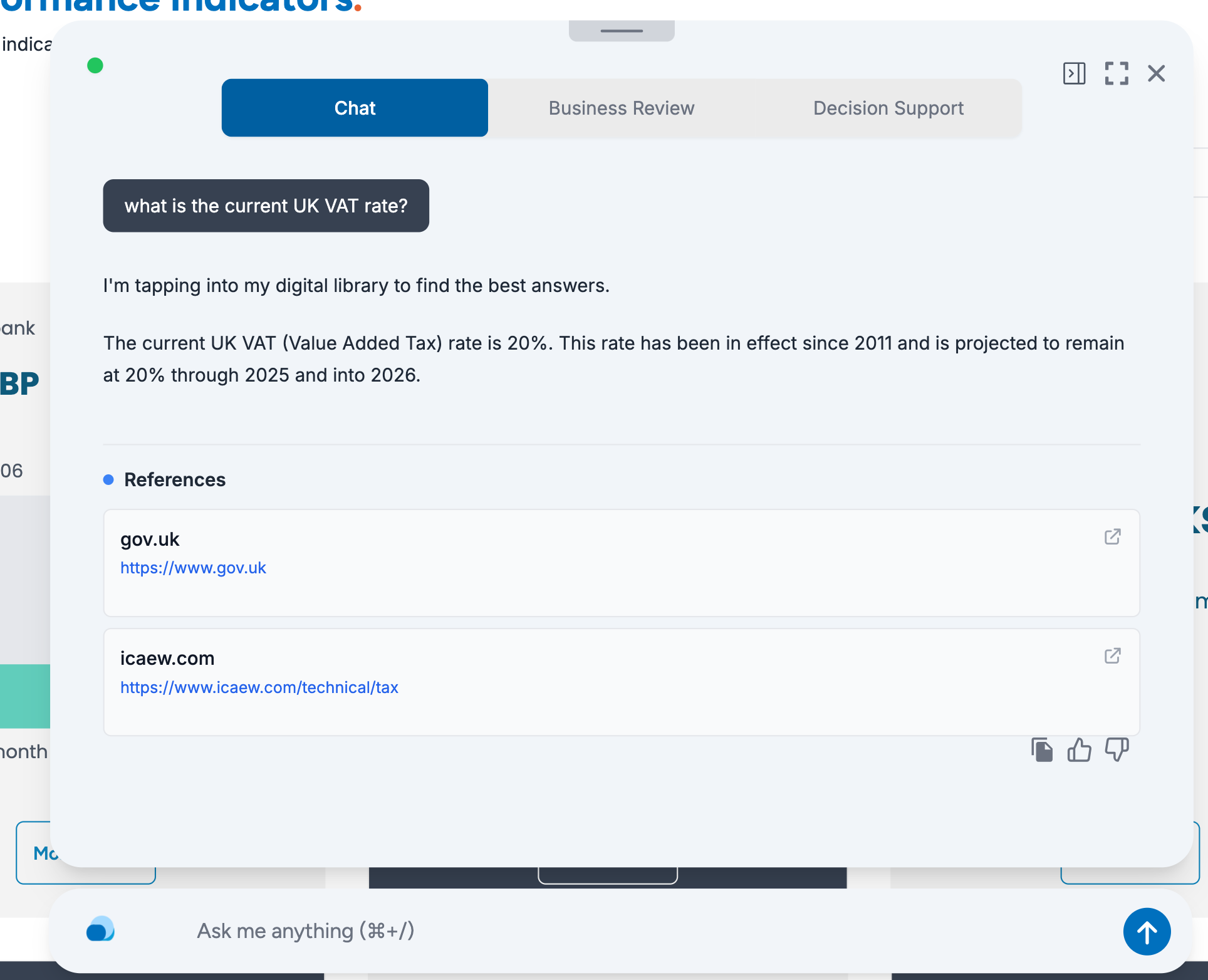Your Business Doesn’t Need a Bot. It Needs a Brain.

Why we’re building an AI colleague, and not a chatbot or copilot. A digital Coworker that guides, explains, and adapts instead of just answering prompts.
Chatbots promised convenience. Most delivered frustration.
We’ve all been there. It’s Sunday. Your parcel hasn’t arrived. You’re stuck in a loop with a bot that insists it was delivered, you go through endless cycles of the same response to try and resolve, then it just sends you back to the FAQ page.
No answers. No accountability. And definitely no intelligence.
Even more “advanced” tools AI copilots, smart assistants, and chat-based analytics often miss the mark. To get the full value, they expect you to know what to ask.
That’s not intelligence either.
A whole new job title; the prompt engineer was created just to extract value from these systems. That says everything.
Your expensive business AI chatbot project failed. Here’s why.
Your “let’s add a chatbot” project didn’t fail because the technology was bad. It failed because it was passive.
Chatbots sit there, waiting for you to type the perfect question. But often, we don’t know what to ask.
If you're a business owner, operator, or manager, you're often drowning in data, but actually understanding what story it's telling requires:
- The right tech stack
- The right integrations
- The right dashboards
- And the right analytical skills to interpret it all
Sure, a chatbot can be useful if you ask things like:
“What’s my burn rate?” “Are my margins down this month?”
But what about the problems you haven’t noticed yet?
Most dashboards and chatbots might give you this:
📊 [Chart of your margin] 🤖 "Here’s your margin: 41%."
Thanks. But what does that mean? Is that good? Bad? Is it trending? What changed?
That’s not helpful; that’s just a much more expensive search.
We’re not building a chatbot. We’re building an AI colleague.
Imagine logging in on Monday morning and CloudFO says:
“Hey Paula, sales dropped 9% in Region West last week. That’s your largest segment. I’ve already explored the details. Want to dig in together?”
Or:
“Urban scooter sales rose 12% in April. Your ad spend stayed flat, but I noticed most of the growth came from new customers. Want to double down?”
...This is more than just a prompt box.
CloudFO behaves like a real teammate:
- Spots trends
- Flags risks and opportunities
- Helps you zoom in or out
- Explains what’s going on, not just what the numbers are
That kind of intelligence starts with data, but it doesn’t stop there.
CloudFO knows when you’re asking a factual question versus an analytical one and responds accordingly. It pulls from your company data sources, its trained knowledge, runs calculations, and can even search the web to fill in gaps.
Here’s the difference:
❓ “What is cash runway?”
❓ “What is my burn rate?”
❓ “What’s the current VAT rate in the UK?”


CloudFO can calculate metrics from your data, show how they are trending, explain the impact and suggest next steps.
Why proactivity matters
The value of insight is lost if you don’t know what to ask.
A typical chatbot says: “Ask me anything.” An AI colleague says: “Ask me anything… and here’s what you might have missed.”
This shift is everything, especially for smaller businesses without analysts or data teams.
The insight gap isn’t just technical. It’s cognitive.
If you don’t know that a dip in gross margin was driven by lower average order value or what to compare it against, you’re not just uninformed. You’re at risk.
CloudFO helps you think, not just search.
Accuracy where it matters. Flexibility where it counts.
Let’s be clear: the numbers have to be right.
That’s why CloudFO’s architecture is built to be deterministic and verifiable when calculating anything financial. So we can increase accuracy.
But numbers only matter if you can understand and act on them. That’s where generative AI shines, explaining, not just calculating.
- It doesn’t just show a graph, it explains how and why Q2 dipped.
- It doesn’t just calculate average order value, it shows why it changed and can suggest ways to improve it.
- It doesn’t just say “You’re profitable”, it explains how you got there and what’s driving it.
You can ask and/or it can suggest follow-up questions like:
- “Explain this like I’m new to finance.”
- “What has changed since last week?”
- “What's driving this increase in expenses?”
CloudFO adjusts just like a real person would.
It remembers. It understands. It respects boundaries.
A good teammate doesn’t just answer your questions. They remember what you care about. They know how to keep sensitive information private.
CloudFO does the same.
It:
- Understands your role and permissions e.g. some staff shouldn’t see board-level financials
- Keeps memory of past interactions, priorities and context
- Pulls in external context from the web to enrich its answers
- Understands your business model, industry, and customers, not just your metrics
Privacy and security are built in from the start. Like a trusted colleague, CloudFO knows what should be shared, when and with whom and what should stay confidential.
This is hard. But it's becoming more possible now.
Building CloudFO means tackling complex, nuanced problems:
- Balancing AI creativity with financial precision
- Making it helpful without being overwhelming
- Giving it personality, making it engaging while keeping it professional
- Designing a natural, intuitive experience that feels collaborative, not robotic
Until recently, this wasn't even possible. But thanks to advances in:
- Agentic AI
- Graph data models
- Model-Context Protocols (MCP)
- Memory frameworks and fine-tuned language models
…it’s now more possible than ever to build an AI that feels more like a colleague than a tool.
Not a passive interface. A proactive, intelligent, secure, and explainable teammate.
The Vision: A Better Teammate, Not Just a Better Dashboard
Our goal isn't just access to data, it's understanding.
CloudFO doesn’t wait for perfect prompts. It surfaces insights, suggests actions, and explains what’s going on before you even know there’s something to ask. Help you act and make decisions.
It’s built to:
- Explain, guide, and predict
- Test the impact of decisions
- Enhance dashboards with conversational explanations
- Adapt based on usage patterns over time
- Respect roles, privacy, and business context, like a real colleague would
Especially for businesses without Business Intelligence (BI) teams, data science stack, or unlimited finance experts.
Most tools show data. Some surface insights. Very few help you understand what to do next.
That’s the gap we’re closing.

